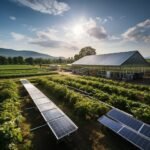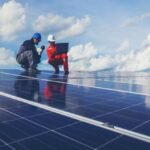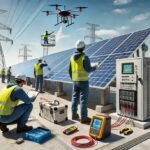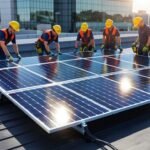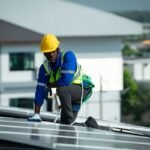Key Features
- ✅ Myths vs. facts about solar energy’s environmental footprint.
✅ How solar panels perform in rain and cloudy weather.
✅ The truth about solar supply chains and eco-friendly brands.
✅ Why Steelbridge Export is one of the most reliable Buy Solar Panels Suppliers in the Middle East.
✅ Aiko Solar’s role in sustainable innovation.
✅ FAQs after every section to answer real customer questions.
✅ Final summary and expert insights for investors and homeowners.
Setting the Record Straight on Solar Energy
Solar energy has become a cornerstone of clean power in the modern world—but with its rapid growth, a wave of myths has followed. Many still wonder: Is solar energy truly as clean as it claims to be?
At Steelbridge Export, a trusted solar supply company and certified solar energy equipment supplier in the Middle East, we’ve seen firsthand how eco-conscious innovation from brands like Aiko Solar is transforming renewable energy. This article clears the air—distinguishing myth from fact, and revealing the real environmental impact of solar power.
💬 FAQ: Is solar energy 100% environmentally friendly?
Answer: While no energy source is entirely impact-free, solar energy has one of the lowest carbon footprints per kWh and continues to improve with technology.
🌞 Environmental Impact of Solar Energy: Myths vs. Facts — Learn the Truth and Choose the Best Solar Supply Today!
Myth #1: Solar Panels Create More Pollution Than They Prevent
Some argue that manufacturing solar panels causes more pollution than their lifetime energy offsets. This is a myth.
Fact: A single solar panel offsets its production emissions within 1 to 3 years of operation and can last 25–30 years. Modern factories, like Aiko Solar’s advanced production lines, use cleaner materials and closed-loop recycling systems that minimize waste.
Steelbridge Export partners with certified solar panel manufacturers that meet ISO environmental standards, ensuring minimal ecological impact.
💬 FAQ: How long does it take for a solar panel to become carbon-neutral?
Answer: Most panels become carbon-neutral after producing energy for about 2 years, depending on sunlight exposure and technology efficiency.
 Myth #2: Solar Power Doesn’t Work in Rain or Cloudy Weather
Myth #2: Solar Power Doesn’t Work in Rain or Cloudy Weather
This is one of the most common misconceptions about solar energy.
Fact: Solar panels still generate electricity during rain—just at lower efficiency. Modern technologies like bifacial panels and high-sensitivity PV cells can capture scattered light, ensuring consistent performance even under cloudy conditions.
Brands like Aiko Solar have developed modules with enhanced light absorption layers, which are highly effective even in regions with fluctuating climates.
💬 FAQ: Does solar power work during rainy days?
Answer: Yes, panels continue to work—usually producing 10–25% of normal output depending on light intensity and equipment quality.
Myth #3: Solar Panels Can’t Be Recycled
Many people believe that once a solar panel reaches its end-of-life, it becomes waste.
Fact: Most solar panels are 95% recyclable. Components like glass, aluminum, and silicon are reclaimed and reused in new panels or other industries. Companies like Steelbridge Export ensure responsible disposal and recycling through their supplier network.
💬 FAQ: What happens to solar panels after 25 years?
Answer: They can be recycled—glass and metal frames are reused, while silicon wafers are repurposed for new modules.
The Role of the Solar Supply Chain in Environmental Responsibility
The solar supply chain plays a critical role in determining the overall environmental impact of a project. Choosing verified and ethical Buy Solar Panels Suppliers helps guarantee clean sourcing, fair labor, and minimal waste.
At Steelbridge Export, we collaborate with eco-certified manufacturers and ensure all logistics—from material sourcing to packaging—follow green standards. This responsible approach separates us from low-cost, high-impact suppliers.
💬 FAQ: How do I know if a solar supplier is environmentally responsible?
Answer: Look for ISO certifications, supplier transparency reports, and long-term warranty commitments.
Myth #4: Solar Energy Supply Chains Are Not Sustainable
The global solar supply chain has evolved rapidly. While older models depended heavily on carbon-intensive manufacturing, the latest supply frameworks—especially in the UAE and Middle East—are driven by renewable manufacturing hubs and local sourcing.
Steelbridge Export has helped establish solar power plant equipment distribution centers that shorten delivery routes and reduce carbon emissions. This shift not only lowers costs but also supports sustainable development goals.
💬 FAQ: Is the solar industry in the Middle East sustainable?
Answer: Yes, new supply chain standards and regional manufacturing initiatives have made Middle Eastern solar investments more sustainable than ever.
Myth #5: Solar Panels Consume Rare or Toxic Materials
Older generation panels did rely on some rare materials. However, new-generation modules, especially from Aiko Solar, use non-toxic and abundant materials that align with circular economy principles.
At Steelbridge Export, we source next-generation photovoltaic systems with RoHS compliance, ensuring panels are safe for both people and the environment.
💬 FAQ: Do solar panels contain toxic chemicals?
Answer: No, modern panels are free from toxic heavy metals and follow strict EU environmental standards.
 How Can We Use Solar Power Responsibly?
How Can We Use Solar Power Responsibly?
To get the most sustainable benefits, it’s essential to install panels with high efficiency and ensure proper maintenance. Partnering with a reliable supplier like Steelbridge Export gives buyers access to expert installation support, certified equipment, and ongoing after-sales service.
This professional approach guarantees that solar systems deliver long-term performance without hidden costs or environmental harm.
💬 FAQ: What’s the best way to maintain solar panels sustainably?
Answer: Regular cleaning with non-toxic solutions and annual performance checks ensure panels operate efficiently for decades.
Real Impact: Awards, Achievements, and Trust
In recent years, Steelbridge Export has received multiple recognitions for supply reliability and green distribution practices. By partnering with leading brands like Aiko Solar, we’ve helped large-scale projects in the Middle East reach ROI up to 30% faster while maintaining environmental compliance.
💬 FAQ: What makes Steelbridge Export different from other suppliers?
Answer: Our focus on certified brands, green logistics, and post-sale support ensures unmatched reliability and sustainability.
Summary
In short, solar energy remains one of the cleanest and most reliable renewable sources available today. Myths around pollution, recycling, or bad weather performance have been largely debunked. Brands like Aiko Solar, distributed by Steelbridge Export, demonstrate how innovation and responsibility can go hand in hand to power a sustainable future.
If you’re planning to invest in solar power, choose verified suppliers who ensure transparency and long-term value — like Steelbridge Export.


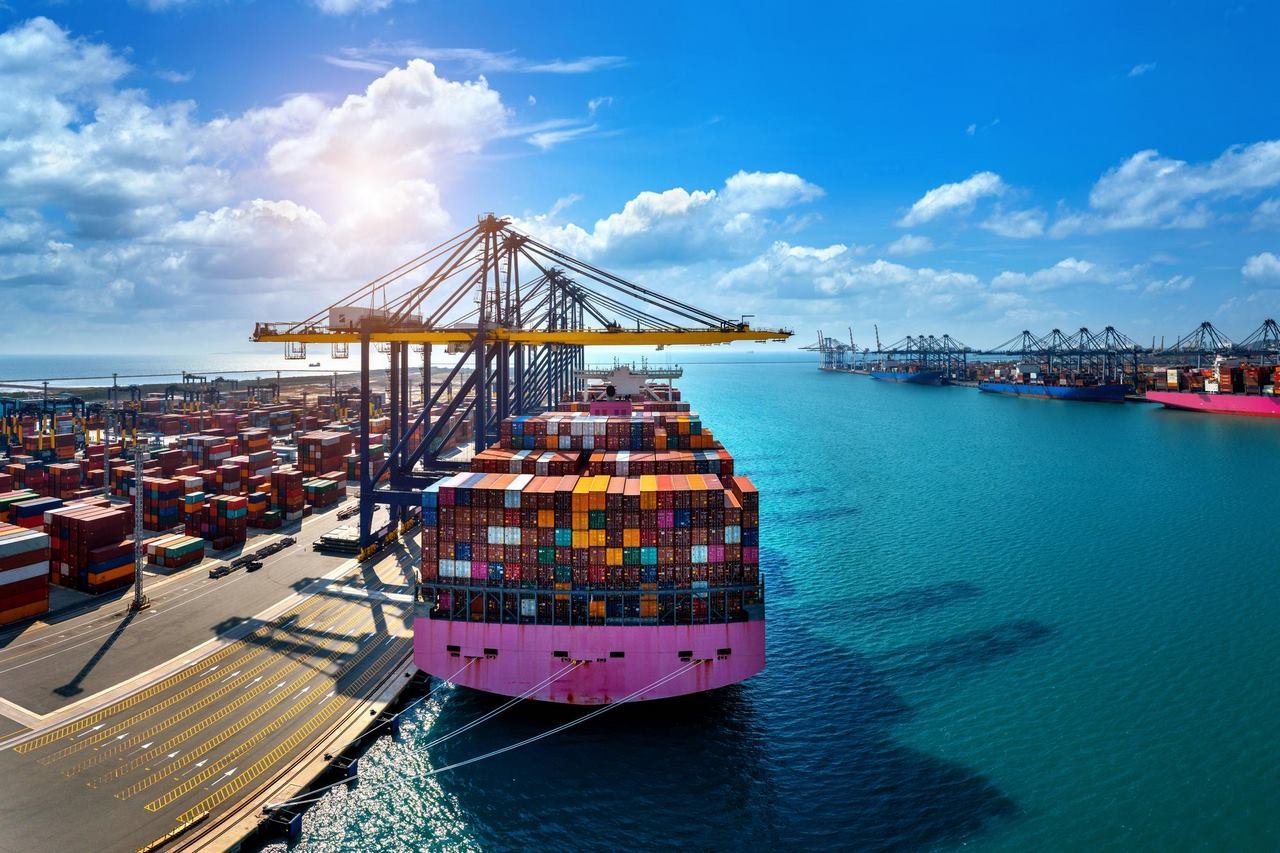
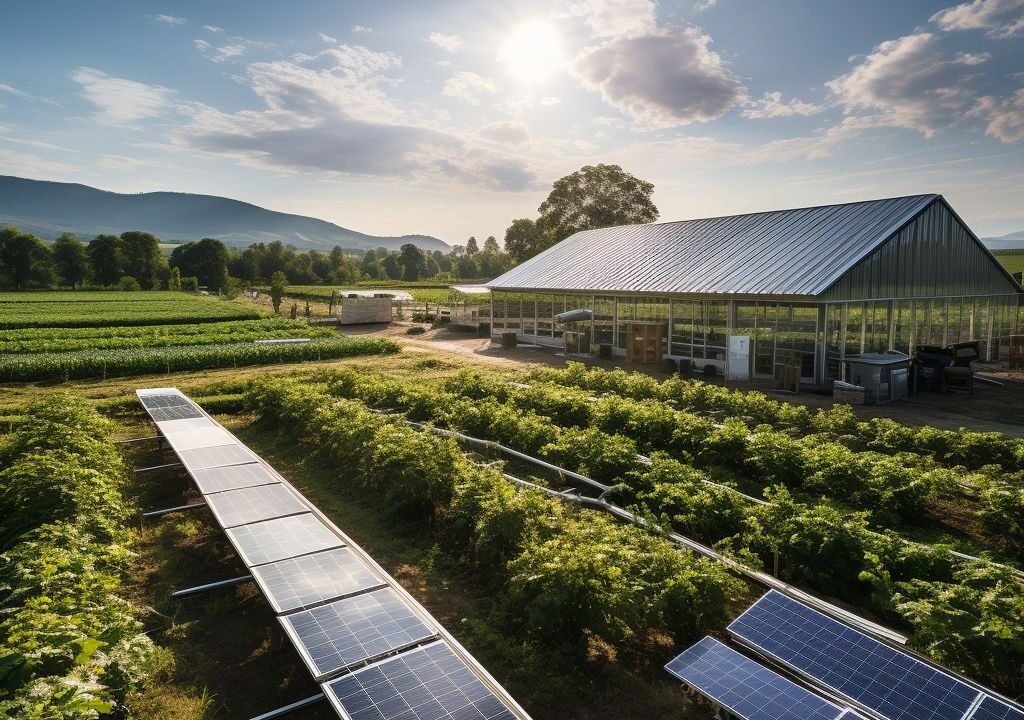
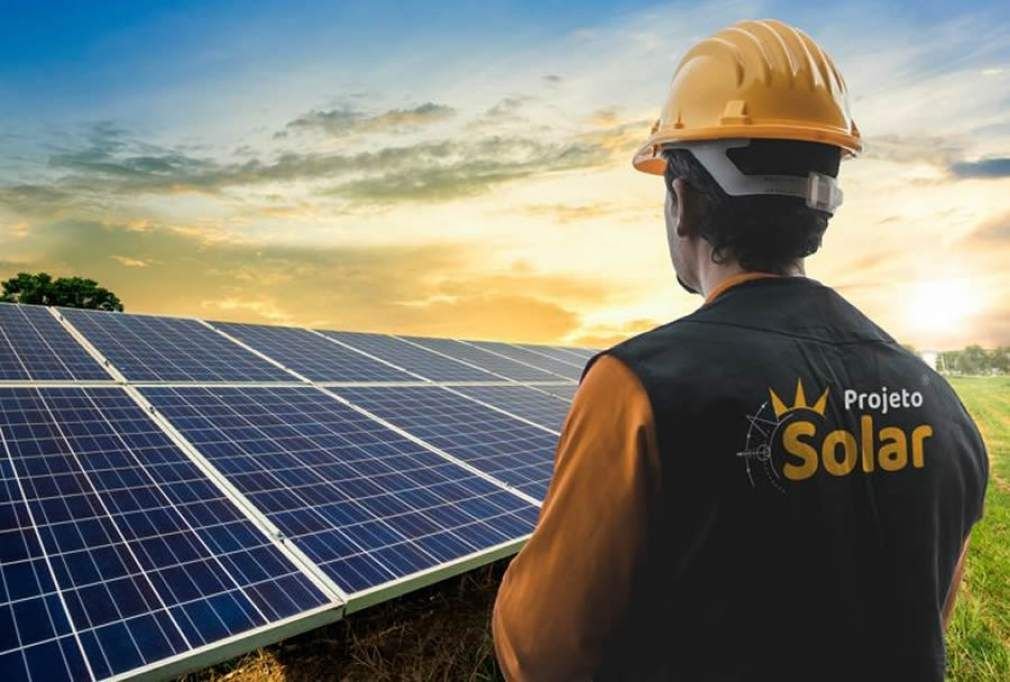 Myth #2: Solar Power Doesn’t Work in Rain or Cloudy Weather
Myth #2: Solar Power Doesn’t Work in Rain or Cloudy Weather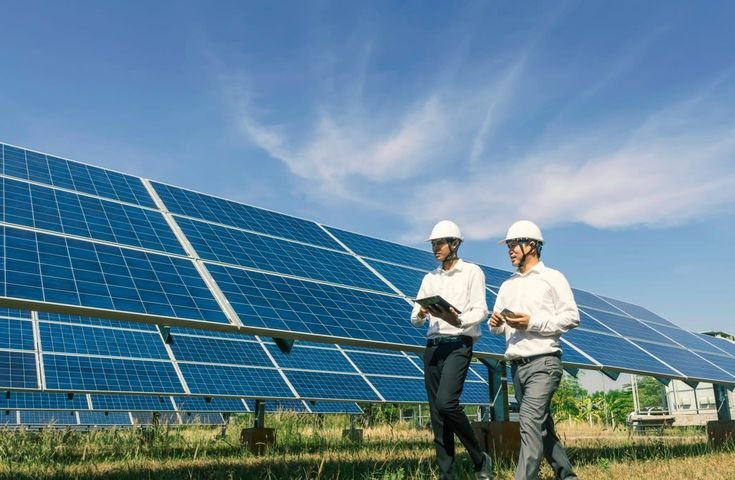 How Can We Use Solar Power Responsibly?
How Can We Use Solar Power Responsibly?